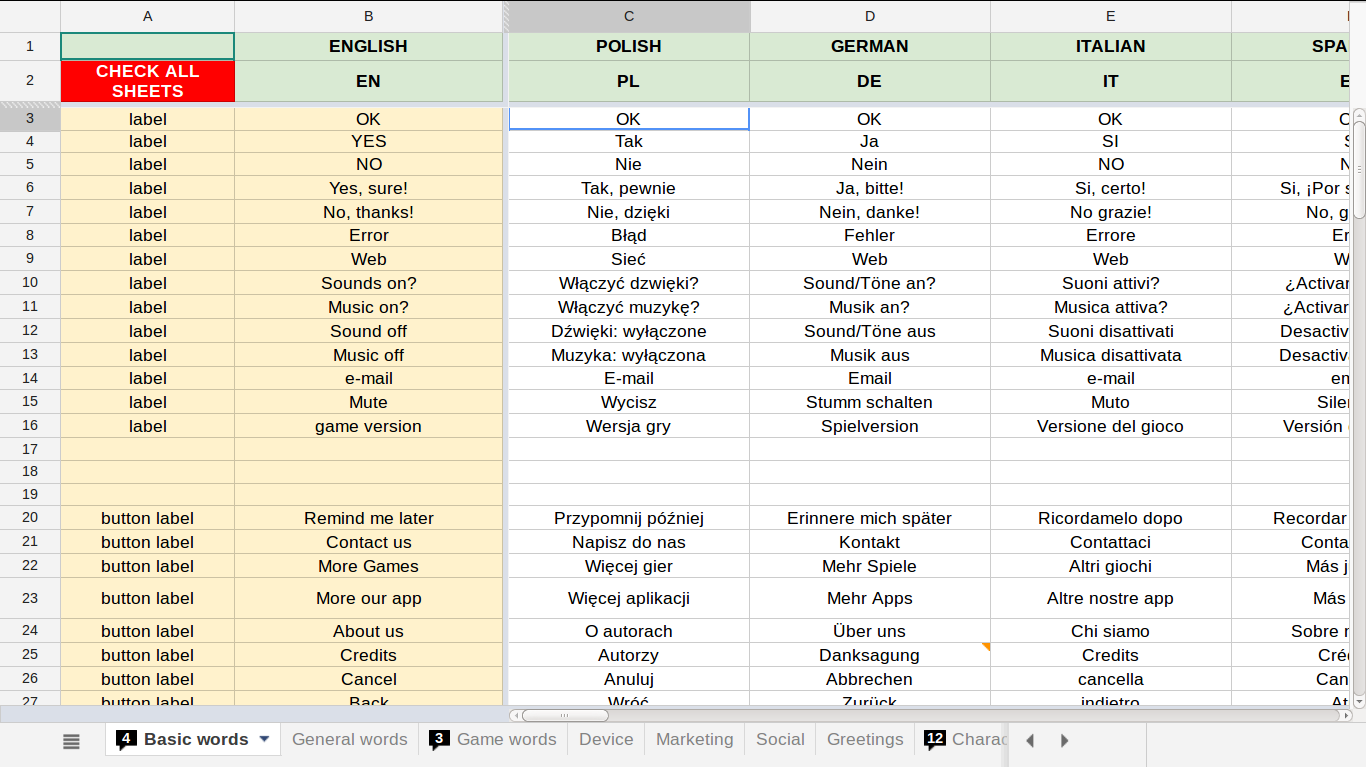Responsive Localization
with L20n
How many of you…
are native English speakers?
Content localization
vs.
UI localization
UI localization
Zbigniew Braniecki, @zbraniecki
Staś Małolepszy, @stas

How does interface localization work?
dated approach
English-centric
key-value pairs
plurals if you're lucky

File → Open…
Jane liked your album with 4 photos and shared 3 of them to her 357 followers in 4 countries at 9.23 AM yesterday (on April 24th, 2013). Have a good day!
(You have 3 more unread notifications)
localization logic in your source code
(if you're a developer)
other languages' logic in your language's logic
(if you're a localizer)
and, perhaps more importantly
poor UX
(if you're a user)

New paradigm
client-side
isolated
grammar-agnostic
responsive
based on a social contract
What L20n looks like
<h2 l10n-id="hello"></h2>
<hello "Hello, World!">
<hello "Witaj świecie!">
document.l10n.get('hello');
Language isolation
<liked "{{ $user.name }} liked your photo.">
<liked[$user.gender] {
feminine: "{{ $user.name }} polubiła twoje zdjęcie.",
masculine: "{{ $user.name }} polubił twoje zdjęcie.",
}>
Encapsulation
document.l10n.localize(['hello', 'new'], function(l10n) {
var node = document.querySelector('[l10n-id=hello]');
node.textConent = l10n.entities.hello;
node.classList.remove('hidden');
});
Social contract
Developers provide important data as context data
L20n always returns strings
Responsive
Retranslate pieces of UI when something changes

1.0 Beta
Released today
Try it at l20n.org
Fork it at github.com/l20n